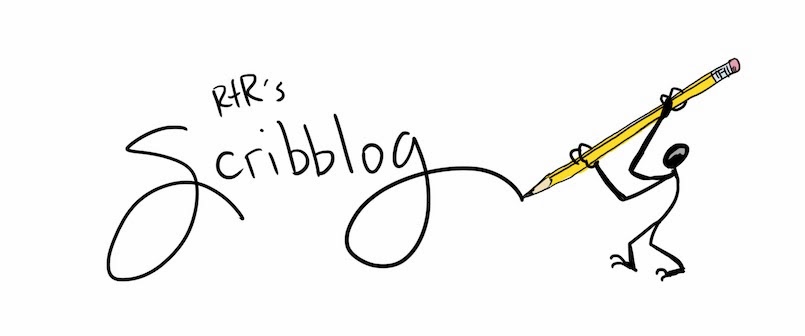In 2015 I got a lot of positive feedback and useful critique of my work, but instead of going back and redrawing those pages, I moved onto some sample pages for Marvel that I was completely unprepared for. In the interim from then and now, I practiced breaking down scripts into layouts, worked a little on my anatomy and did a whole bunch of sketch requests and commissions... basically, I wasted a year trying to prove how prolific of an artist I could be, without finishing much actual sequential art. That year I was looking for validation, but this year I wanted more direction. Thankfully I got some.
Before I continue, I want to thank several of the creators who went above and beyond to help me improve as an artist, giving valuable advice and often panel-by-panel suggestions on how I could improve the clarity of my art, both stylistically and narratively. This year Benjamin Dewey, James Harren, David Marquez, Tony Parker, Simon Roy, C.B. Cebulski, Neal Adams, Ryan Ottley, Kris Anka, Ibrahim Moustafa, Adam Gorham, Skottie Young, Farel Dalrymple, David Walker, Sanford Greene & many others all took the time to pass on some of their knowledge to me. I thought I'd share some of this for any other aspiring comic book artists who stumble upon my (recently resurrected) blog.
Several artists said that the first panel was a nice enough establishing shot, but that there was a disconnect between panels 1 and 2, so far as tracking which figures were which. Also some perspective issues. To correct this, I did some quick sketches of the location (the St. Regis travel center in western MT) using other photo references from Google.
I found a reference I liked a little bit better than the original and used it to rework the first two panels. First is the original version, the second image is still a work in progress, but even in its unfinished state represents what I hope is a step forward.
 |
| original page 1 |
 |
| revised |
One thing that surprised me is that a lot of people criticized my font choice and suggested letter by hand. I had added the dialogue because I wanted to present this as a finished project and show off my writing to those who had time to read it. It never occurred to me that the lettering would detract from the art, but it was a welcome reminder that EVERY DETAIL MATTERS.
You can see that I've also started to simplify the line art, getting rid of a lot of the cross hatching. My natural impulse is to scribble all over everything and I enjoy the work of a wide variety of artists, whose styles range from very restrained and minimalistic (Mike Mignola, Jeff Smith) to very frenetic and busy (Sergio Toppi, Bill Sienkiewicz). One thing that Benjamin Dewey and others have repeated is that every line must serve a purpose. TO WHAT END am I putting each mark on the page? I had a minor epiphany after he sketched this for me:
 |
| sketch by Benjamin Dewey |
Burlap sac vs pillow. Same basic shape, but a few simple lines communicate the difference in texture and therefore function. Multiple artists pointed out that if I'm including grayscale, there's really no reason to use cross hatching for shading - it's redundant. The only marks I need are those necessary to convey form or imply texture. Below are some attempts to put that into practice.
I think I still lean more towards the heavily rendered version, personally, but are all those extra lines actually communicating anything that the more simplified version isn't? This comes down to a matter of personal preference and it's something I will probably be experimenting with for the rest of my life. Since this is a ghost story based in part on a real life event, I believe the more realistic I can make it the better - it serves the story to exaggerate every pore on his nose, every stray whisker on his beard, because I want the reader to feel like they were right there with me.
It seems like a lot of artists labor over developing their own style. I've never really been conscious of my own struggle to express myself because until recently drawing was just something I did for fun, without any voices other than my own saying "what if you did this?" Recently I've found it difficult to harmonize my disparate influences - I try to simplify and it looks like a lifeless coloring book; I try to loosen up and looks sloppy and unprofessional. In order to move forward, I've sought to educate myself more seriously in the art of comics and to take a more analytical approach to my own drawing. I feel like I have a lot of catching up to do, but I have no deadlines. There's no rush to prove I can "finish" something in a certain amount of time and I don't need to pander to some imaginary fan base. This year I'd like to take more time to think about what and why I'm drawing, so that instead of having over a hundred hasty sketches of random crap at the end of the year, I have a handful of finished story pages I'm actually proud of.
Thanks to all the family, friends and brief acquaintances who've inspired and encouraged me to pursue my passion for storytelling over the last few years. I appreciate any feedback I can get!
-RtR
PS - I'm going to try to make these posts a weekly thing on Mondays, we'll see how it goes.
PS - I'm going to try to make these posts a weekly thing on Mondays, we'll see how it goes.



